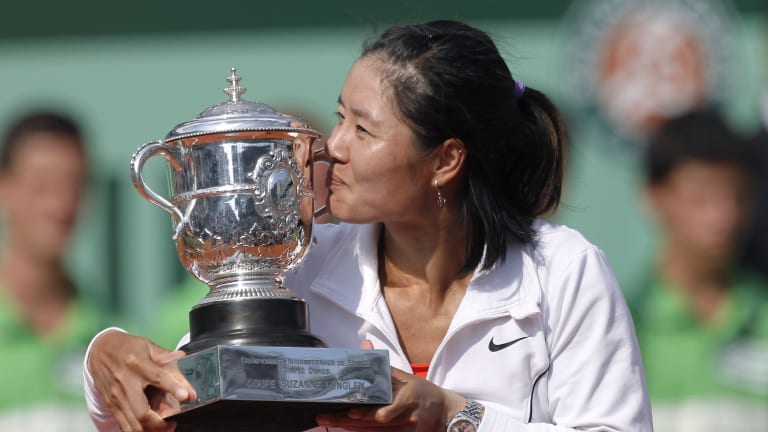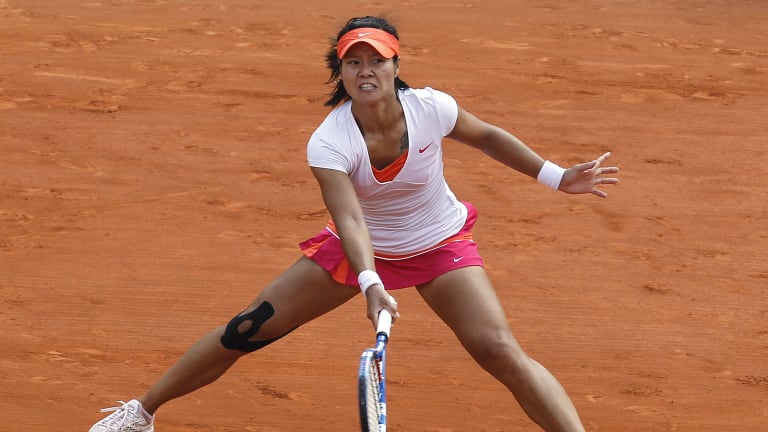“People really like win streaks,” I remember thinking as I sat at my desk in the old Roland Garros press room during the 2011 edition of the tournament. The win streak I was contemplating was Novak Djokovic’s, and it was a spectacular one: He hadn’t lost a match all year. With each of his victories in Paris, the tension around the grounds went up a notch, and the chatter in the media grew louder. It’s not often that tennis makes the home pages of sites like ESPN.com, or leads the highlights of nightly sports-news shows, but Djokovic’s streak put it there for two weeks.
By comparison, the other 255 singles players at Roland Garros that year were flying well under the press’s radar. That included Li Na. China’s No. 1 player had a few hundred million people watching her back home; she had reached the final of the Australian Open earlier that year; and she had made the semis of two French Open tune-ups in Madrid and Rome. Yet the No. 6 seed wasn’t a favorite to go all the way in Paris. For good reasons: She was 29, which in those days was still considered old an advanced age a tennis player. She had played Roland Garros four times and never been past the fourth round. She had gone through a spring slump that caused her to demote her husband and coach Jian Shang—you may remember him as Dennis—to just plain husband. And, perhaps most important, she was no fan of the surface in Paris. “I don’t like clay courts,” she readily admitted. She hadn’t seen many of them growing up in Wuhan.
In Li's mind, though, she still had a job to do.
“For a professional player, if you don’t like the arena, the weather, the surface, you still have to play the match,” she said during the tournament, with her trademark mix of blunt humor and good sense. “You have no choice. You have to challenge yourself to play.”

